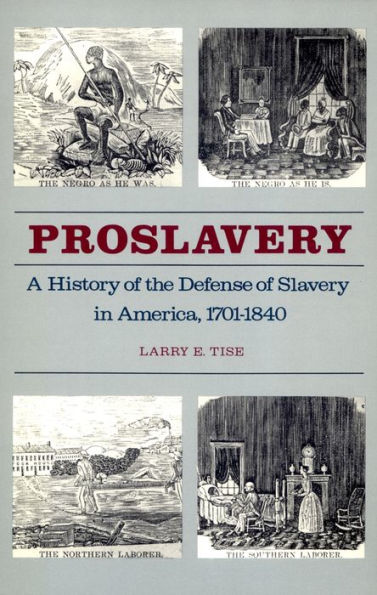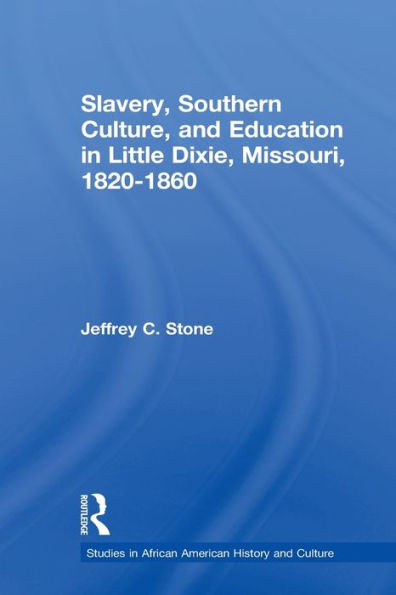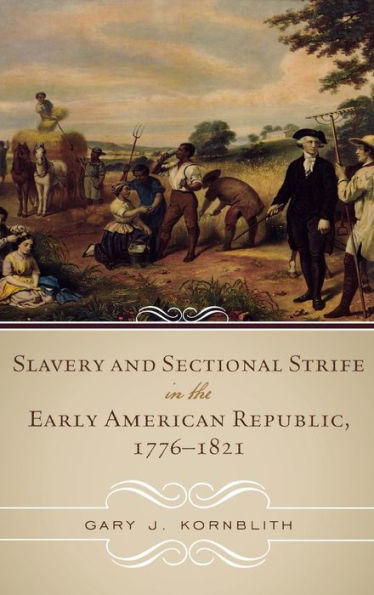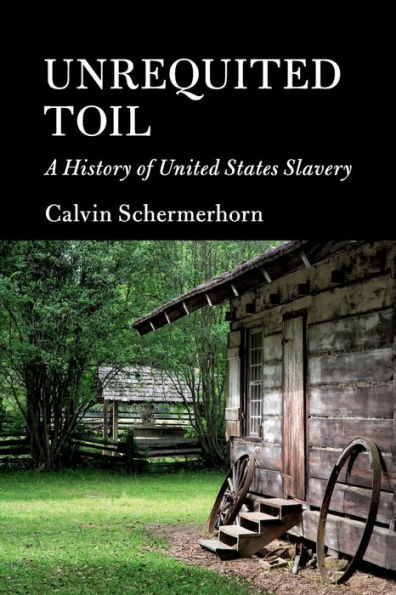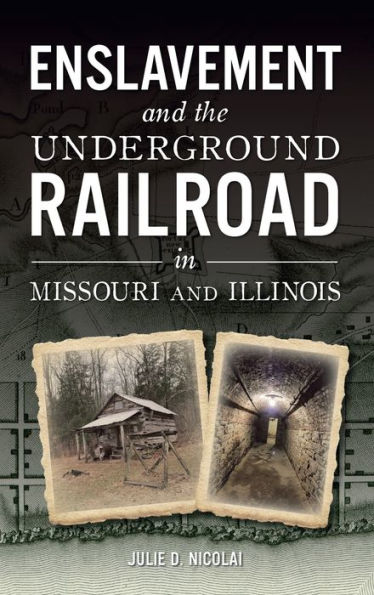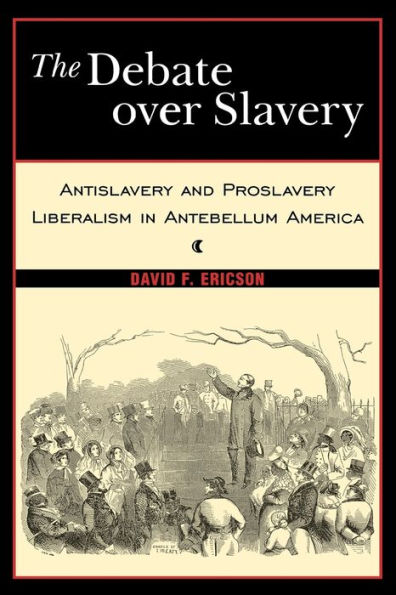Home
The Missouri Compromise and the Compromise of 1850: The History of America's Failed Attempts to Settle the Issue of Slavery Before the Civil War
Loading Inventory...
Barnes and Noble
The Missouri Compromise and the Compromise of 1850: The History of America's Failed Attempts to Settle the Issue of Slavery Before the Civil War
Current price: $10.24
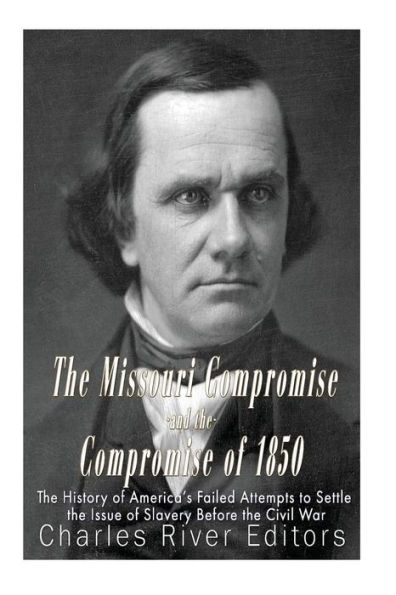

Barnes and Noble
The Missouri Compromise and the Compromise of 1850: The History of America's Failed Attempts to Settle the Issue of Slavery Before the Civil War
Current price: $10.24
Loading Inventory...
Size: OS
*Product Information may vary - to confirm product availability, pricing, and additional information please contact Barnes and Noble
*Includes pictures
*Includes contemporary accounts of the agreements and their effects
*Includes online resources and a bibliography for further reading
When President Thomas Jefferson went ahead with the Louisiana Purchase, he wasn't entirely sure what was on the land he was buying, or whether the purchase was even constitutional. Ultimately, the Louisiana Purchase encompassed all or part of 15 current U.S. states and two Canadian provinces, including Arkansas, Missouri, Iowa, Oklahoma, Kansas, Nebraska, parts of Minnesota that were west of the Mississippi River, most of North Dakota, nearly all of South Dakota, northeastern New Mexico, Northern Texas, the portions of Montana, Wyoming, and Colorado east of the Continental Divide, and Louisiana west of the Mississippi River, including the city of New Orleans. In addition, the Purchase contained small portions of land that would eventually become part of the Canadian provinces of Alberta and Saskatchewan. The purchase, which immediately doubled the size of the United States at the time, still comprises around 23 percent of current American territory.
With so much new territory to carve into states, the balance of Congressional power became a hot topic in the decade after the purchase, especially when the people of Missouri sought to be admitted to the Union in 1819 with slavery being legal in the new state. While Congress was dealing with that, Alabama was admitted in December 1819, creating an equal number of free states and slave states. Thus, allowing Missouri to enter the Union as a slave state would disrupt the balance.
The Senate ultimately got around this issue by establishing what became known as the Missouri Compromise. Legislation was passed that admitted Maine as a free state, thus balancing the number once Missouri joined as a slave state. Moreover, slavery would be excluded from the Missouri Territory north of the parallel 36 30 north, which was the Southern border of Missouri itself. As a slave state, Missouri would obviously serve as the lone exception to that line.
The Missouri Compromise of 1820 staved off the crisis for the time being, but by setting a line that excluded slave states above the parallel, it would also become incredibly contentious. Despite the attempt to settle the slavery question with the Missouri Compromise, the young nation kept pushing further westward, and with that more territory was acquired. After the Mexican-American War ended in 1848, the sectional crisis was brewing like never before, with California and the newly-acquired Mexican territory now ready to be organized into states. The country was once again left trying to figure out how to do it without offsetting the slave-free state balance was tearing the nation apart.
The Compromise of 1850 was authored by the legendary Whig politician Henry Clay. In addition to admitting California to the Union as a free state to balance with Texas, it allowed Utah and New Mexico to decide the issue of slavery on the basis of what became known as "popular sovereignty", which meant the settlers could vote on whether their state should be a free state or slave state.
Though a Whig proposed popular sovereignty in 1850, popular sovereignty as an idea would come to be championed by and associated with Democratic Illinois Senator Stephen Douglas. The Compromise also abolished the slave trade, though not the existence of slavery itself, in Washington, D.C. The Whigs commended the Compromise, thinking it was a moderate, pragmatic proposal that did not decidedly extend the existence of slavery and put slow and steady limits on it. Furthermore, it made the preservation of the Union the top priority.
Ultimately, the Kansas-Nebraska Act eliminated the Missouri Compromise line of 1820, which the Compromise of 1850 had maintained. The dam would burst completely after Abraham Lincoln's election in 1860.




